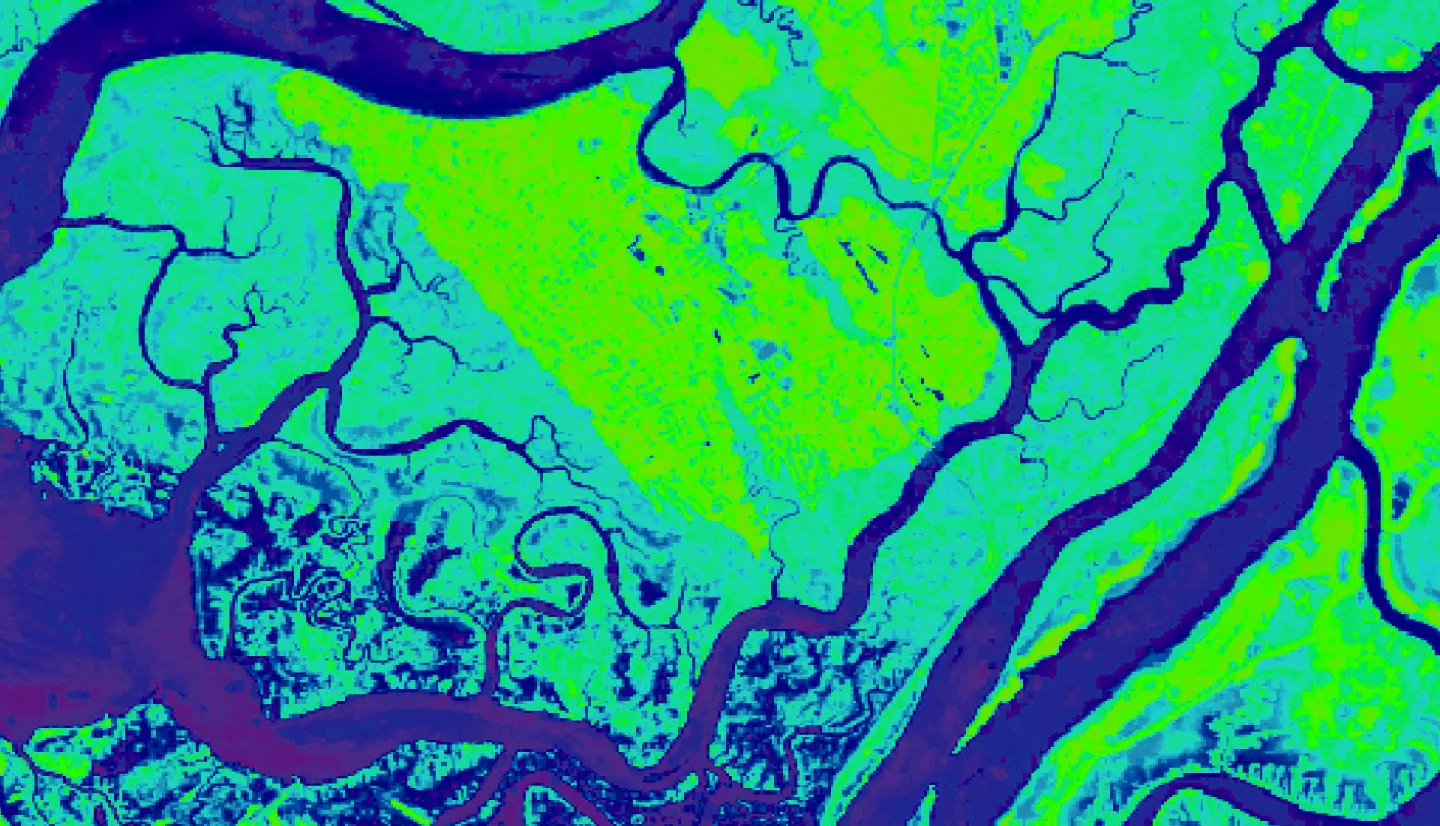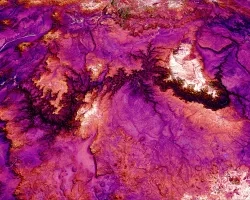Southeast Coast Ecological Conservation (Summer 2023)
Team: Emma Cheriegate (Project Lead), Eleri Griffiths, Quintin Munoz, Vivienne von Welczeck
Summary: Shallow aquifers along the southeastern US are experiencing saltwater intrusion from rising sea levels, changes in tidal cycles, and groundwater pumping, which are leading to higher soil salinity. Ghost forests, or areas where coastal forests have deteriorated due to salt water, are expanding in the Southeast US. We partnered with the USGS, USDA, and Georgia Southern University to investigate saltwater intrusion effects on coastal forests in the lower Savannah River using NASA Earth observation data spanning 2013 to 2023. The multi-sensor approach used Landsat 7 Enhanced Thematic Mapper Plus (ETM+), Landsat 8 Operational Land Imager (OLI), and Planet Labs’ Dove PlanetScope & RapidEye RapidEye Earth Imaging Sensor (REIS). Our project aimed to determine the feasibility of detecting coastal forest health decline by creating a supervised land cover classification and analyzing the normalized difference vegetation index (NDVI). We directly linked a remote-sensing based time-series to in-situ porewater salinity trends throughout the extent of the Savannah River. Our project ran at both a regional and site-level scale (4 USGS-monitored sites). We found differences in site-level NDVI values over 2013-2023 from both Landsat and Planet sensors. At the three sites nearest to the coast, we observed a muted seasonal variation that exhibited an inverse relationship with the increasing levels of river and porewater salinity found in those locations. The results provided here add to the growing body of research seeking to understand saltwater effects on coastal forests using spaceborne remote sensing and emphasize the need for proactive measures to mitigate saltwater intrusion's effects on coastal ecosystems.



